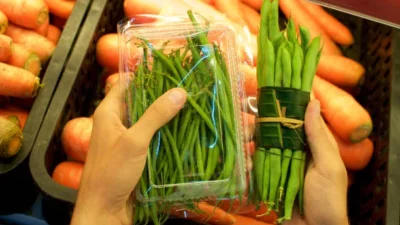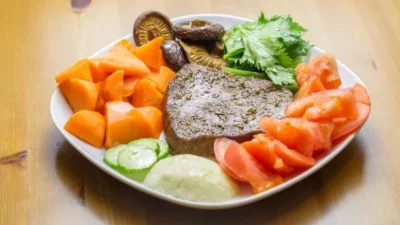As food trends evolve and consumers become more conscious of what they eat, the demand for natural food coloring continues to grow. The bright, synthetic shades of the past are being replaced by hues sourced from fruits, vegetables, and spices—ingredients that not only color our food but reflect a more honest, transparent approach to food production.
Among the many colors nature provides, natural orange food coloring holds a special place. Associated with vibrancy, energy, and warmth, orange shades are ideal for a wide range of applications—from bakery and dairy to beverages and snacks. But what makes natural orange stand out, and where does it come from? Let’s dive into the story behind this sunny shade.
The Appeal of Natural Colorants
Today’s consumers are label-savvy. They’re not just looking for flavor—they’re looking for clean, recognizable ingredients. Artificial dyes, once a staple of mass-market food products, have fallen out of favor due to health concerns and increasing regulatory scrutiny.
Natural food coloring offers a safer, cleaner, and often nutritionally richer alternative. Derived from botanical and mineral sources, natural colors can also provide trace nutrients and antioxidants. Brands that switch to natural coloring often find their products become more appealing to health-conscious shoppers and meet the growing demand for clean-label and non-GMO claims.
What Makes Orange Naturally?
Natural orange food coloring is primarily derived from plant-based sources that contain carotenoids—pigments that are not only vibrant but also beneficial to health.
1. Annatto Seeds
Annatto is one of the most common sources of natural orange color. Derived from the seeds of the achiote tree, annatto yields a range of hues from yellow to deep orange. It’s widely used in cheese, butter, snack coatings, and baked goods. Beyond its vivid color, annatto also contains antioxidants like bixin and norbixin, adding functional value to its aesthetic appeal.
2. Paprika Oleoresin
Paprika, a spice made from ground red peppers, can be processed into an oleoresin to produce a rich orange-red color. Paprika oleoresin is commonly used in meat products, sauces, and seasonings. Its natural pigment, capsanthin, delivers bold color and is oil-soluble, making it suitable for fat-rich formulations.
3. Carrot Extract
Carrots are rich in beta-carotene, which not only gives them their characteristic orange hue but also offers a pro-vitamin A benefit. Carrot extract is a mild, clean option for use in dairy products, baby foods, and confections. Its appeal lies in its familiar, wholesome origin.
Applications in Food & Beverage
Natural orange food coloring is incredibly versatile. It’s used in:
- Bakery: Cupcake frostings, sponge cakes, and glazes
- Dairy: Flavored yogurts, cheeses, and ice creams
- Beverages: Fruit juices, energy drinks, and health shots
- Snacks: Chips, extruded snacks, and popcorn
- Confectionery: Gummies, hard candies, and coating applications
Thanks to improved processing techniques, modern natural colorants offer better stability to light, heat, and pH changes, making them viable even for high-performance formulations.
Why Brands Are Shifting to Natural Orange
Choosing natural orange food coloring isn’t just a technical decision—it’s a branding one. Consumers associate orange with freshness, citrus, and vitality. When that color comes from a known, trusted source like carrots or paprika, it adds an extra layer of authenticity.
For manufacturers, switching to natural colorants may require reformulation and testing, but the long-term benefits in terms of customer trust and regulatory compliance are worth the investment.
Final Thoughts
In the vibrant world of food innovation, natural food coloring represents the intersection of health, aesthetics, and transparency. And among its many shades, natural orange food coloring brings warmth and appeal to everyday products, helping brands meet clean-label goals while satisfying the eye—and the conscience—of the modern consumer.

Lexy Summer is a talented writer with a deep passion for the art of language and storytelling. With a background in editing and content creation, Lexy has honed her skills in crafting clear, engaging, and grammatically flawless writing.



